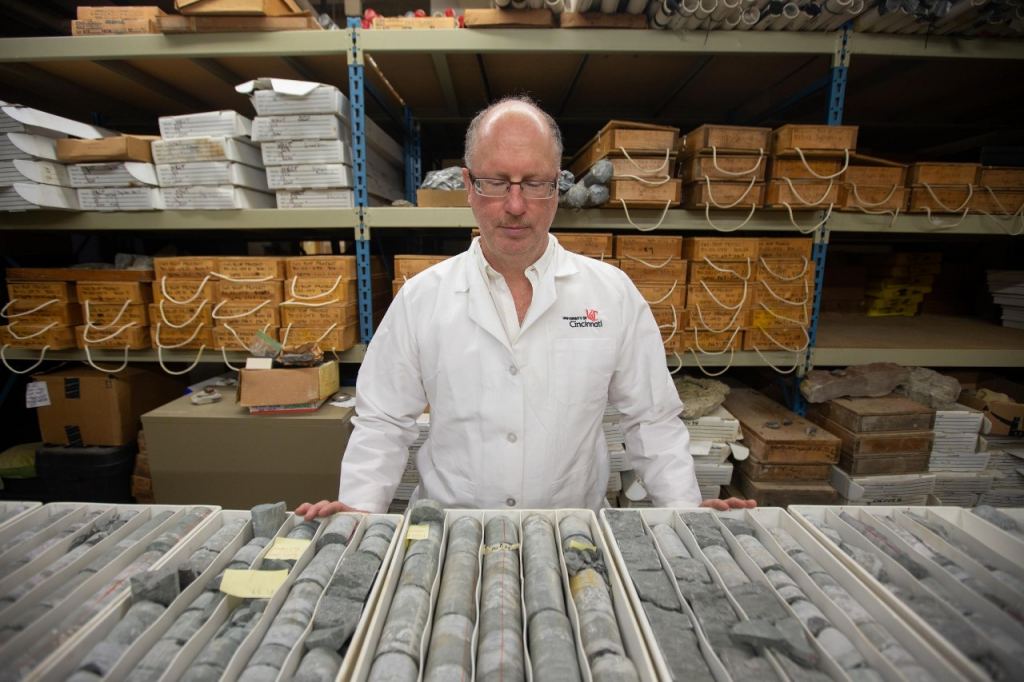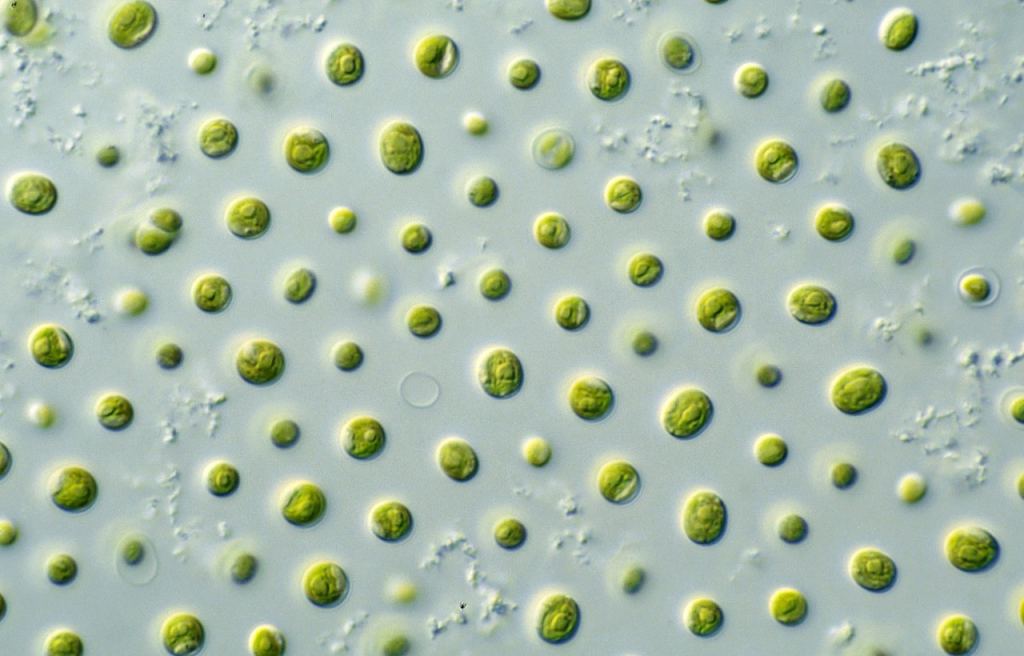Not Snowball Earth, More of a Slushball Earth
By Carolyn Collins Petersen
Our planet hasn’t always been the warm, inviting place we know today. At least five times in its history, Earth froze over, locked in the grip of an ice age. Scientists sometimes refer to these periods as “Snowball Earth.” The popular idea is that everything was covered with ice, making life difficult, if not impossible. But, there’s new evidence that during at least one of these icy periods, parts of Earth’s surface could have been more like a giant mushy ball of slush.
Geologists are studying rock cores that contain material laid down on the ocean bottom during a period called the Marinoan Ice Age. It occurred some 635 million years ago during a geologic period called, appropriately enough, the Cryogenian.
The Marinoan event was extreme. Over the course of 15 million years, it slathered much of the planet with ice. “We called this ice age ‘Snowball Earth,’” said Thomas Algeo, a professor of geosciences at the University of Cincinnati’s College of Arts and Sciences and part of a team studying early Earth’s glaciations. “We believed that Earth had frozen over entirely during this long ice age. But maybe it was more of a ‘Slushball Earth.’”
Recent evidence found in China is changing that “Snowball Earth” view. Algeo is part of a team of geoscientists from China, the United Kingdom, and the United States who are analyzing those rock cores. They discovered that habitable open-ocean conditions were more extensive during that time than everyone assumed. This was true for oceans that lay between the tropics and the polar regions. These places provided safe havens for single-celled and multi-celled organisms during the waning stages of the Marinoan ice age.
Evidence for the Slushball
Rock cores from that time have traces of a tiny seaweed organism called benthic phototropic macroalgae. It was around back then and still exists today on the sea bottom. It’s also a basic part of most ecosystems where it exists, but it needs sunlight to convert water and carbon dioxide into energy through photosynthesis. The fact that it existed back on Slushball Earth tells us that it got the sunlight it needed. That suggests the oceans—or at least the shallower bodies of water—weren’t completely frozen over.

Huyue Song from the China University of Geosciences and the first author of a paper about slushball Earth, said while deep water likely did not contain oxygen to support life during this period, the shallow seas did. “We present a new Snowball Earth model in which open waters existed in both low- and mid-latitude oceans,” Song said, noting that the ice age probably had many periods of freezing and melting over the span of 15 million years.
If that occurred, then it’s highly likely that life persisted, particularly in the shallow seas. “We found that the Marinoan glaciation was dynamic. There may have existed potential open-water conditions in the low and middle latitudes several times,” Song said. “In addition, these conditions in surface waters may have been more widespread and more sustainable than previously thought and may have allowed a rapid rebound of the biosphere after the Marinoan Snowball Earth.”
Even Tiny Organisms Can Influence Atmospheric Change
Interestingly, the existence of these macroalgae and other multicellular organisms might have played a role in both starting and ending that long-ago ice age. According to Algeo, studying the Marinoan event raises questions about how other ice ages could have begun.

For example, another glaciation later in the Cryogenian likely covered much more of the planet. The question is, what started it? “We don’t know for sure what triggered these ice ages, but my suspicion is it was related to multicellular organisms that removed carbon from the atmosphere, leading to carbon burial and the cooling of the Earth,” Algeo said. “Today, we’re releasing carbon quickly in huge amounts and it is having a big impact on global climate.”
That same warming by life forms probably contributed to the end of the Marinoan, said Algeo. Life flourishing in those shallow ocean regions released a lot of carbon dioxide, which warmed the atmosphere and contributed to glacial thaw. “One of the general take-home messages is how much the biosphere can influence the carbon cycle and climate,” he said. “We know that carbon dioxide is one of the most important greenhouse gases. So we see how changes in the carbon cycle have an impact on the global climate.”
Ice Age Earth History
There have been five major ice ages in Earth’s history. The Huronian occurred 2.4 to 2.1 billion years ago. The Cryogenian spanned a period of time from 850 to 635 million years ago. The Andean-Saharan occurred from 460 to 4 30 million years ago, while the Karoo was 360-260 million years ago. The most recent was in the Quaternary, which spans from 2.6 million years ago to today. At least a dozen glaciations took place over the past million years, including the one we often refer to as the “Ice Age”. It peaked nearly 20,000 years ago and covered thick ice sheets across Canada, Northern Europe, and parts of South America.
Scientists continue to explore the reasons why our planet has experienced these periodic chilldowns. There are many good theories about how the ice ages begin and end, including atmospheric changes, or a change in solar radiation. Studies like the one led by Huyue Song add new weight to the role that life may have played in the rise and fall of Earth’s icy periods.
For More Information
‘Snowball Earth’ Might Have Been Slushball
Mid-latitudinal habitable environment for marine eukaryotes during the waning stage of the Marinoan snowball glaciation
The Tonian and Cryogenian Periods
Shining Light on Benthic Macroalgae: Mechanisms of Complementarity in Layered Macroalgal Assemblages
The post Not Snowball Earth, More of a Slushball Earth appeared first on Universe Today.

April 13, 2023 at 12:25AM
via Universe Today read more...

Post a Comment